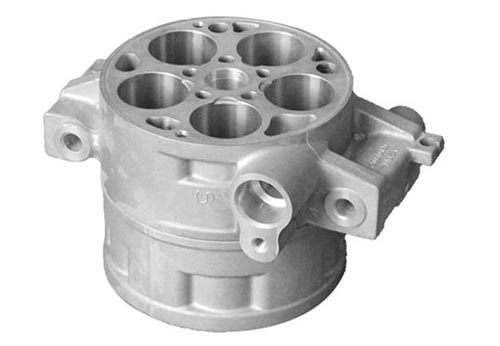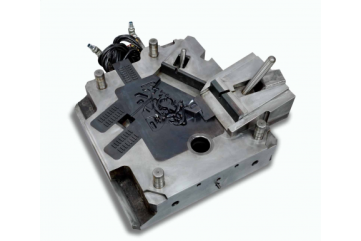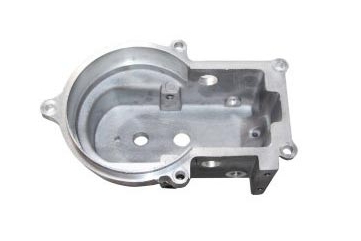What are the new technologies in die casting?
Die casting has seen significant advancements in recent years, driven by the demand for better quality, efficiency, and sustainability. Here are some of the notable new technologies and trends in die casting:
1. Advanced Alloys
– High-Performance Alloys: New alloy formulations, like aluminum-lithium, promote lighter and stronger components, enhancing performance in applications such as automotive and aerospace.
2. 3D Printing (Additive Manufacturing)
– Rapid Prototyping: 3D printing is increasingly used to create complex cores and molds, reducing lead times and allowing for more intricate designs that are challenging in traditional die casting.
– Customized Tooling: Producing custom die components through 3D printing enables faster iterations and adjustments.
3. Automated Systems and Robotics
– Automation in Processes: Automation technologies streamline operations, minimize human error, and improve production consistency, from mold handling to inspection.
– Robotic Handling: Robots are employed for loading, unloading, and quality control, enhancing efficiency and safety.
4. Smart Die Casting
– IoT Integration: Internet of Things (IoT) devices collect data in real-time, allowing for predictive maintenance of machinery, optimizing the casting process, and improving overall operational efficiency.
– Machine Learning: Analyzing production data with machine learning algorithms helps identify patterns and improve process parameters.
5. Improved Cooling Technologies
– Optimized Cooling Channels: Advanced cooling strategies, including conformal cooling channels, allow for more efficient temperature management during the die casting process, reducing cycle times and improving part quality.
6. Hybrid Die Casting
– Combination Processes: Hybrid methods that combine die casting with other manufacturing processes (like metal injection molding) can produce complex parts with superior properties.
7. Enhanced Surface Finishing Technologies
– New Coatings and Treatments: Techniques such as shot peening, chemical treatments, and surface coatings are being developed to improve the durability and aesthetics of cast products.
8. Sustainability Practices
– Recycling Innovations: Advances in recycling metal scrap generated during the die casting process contribute to sustainability goals and reduce material waste.
– Energy-Efficient Machines: New die casting machines are designed to consume less energy while maintaining performance.
9. Simulations and Modeling Software
– Process Simulation Tools: Enhanced software tools allow for virtual modeling of the die casting process to optimize design and reduce defects before physical production begins.
10. Increased Use of Lightweighting
– Focus on Lightweight Components: The trend towards lightweight components in automotive and aerospace applications drives innovation in material use and part design.
These innovations in die casting improve not only the efficiency and functionality of the production process but also help manufacturers meet the evolving demands of various industries.





